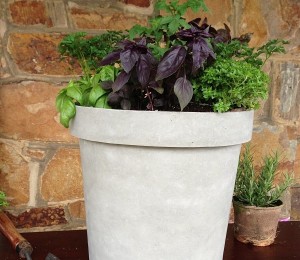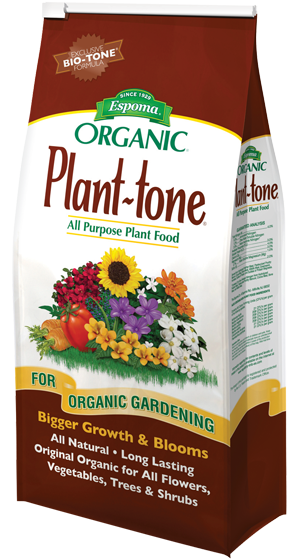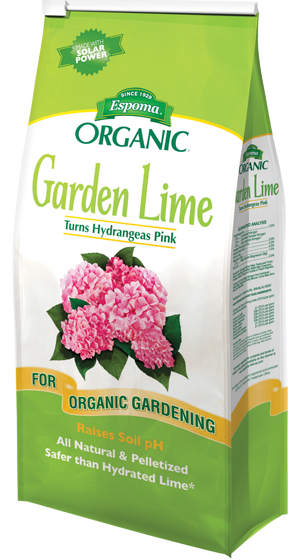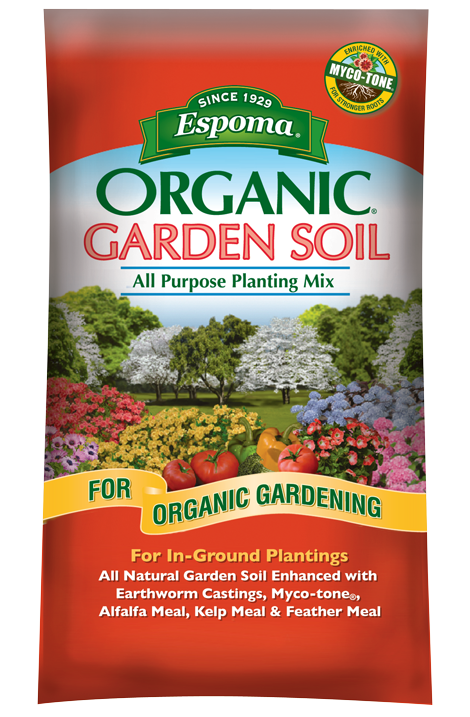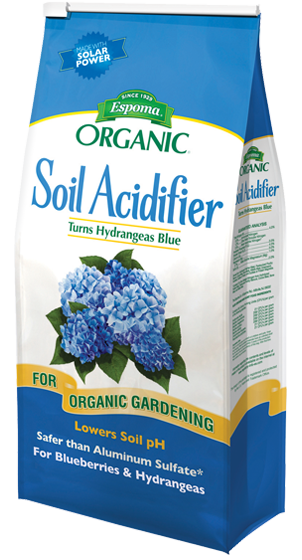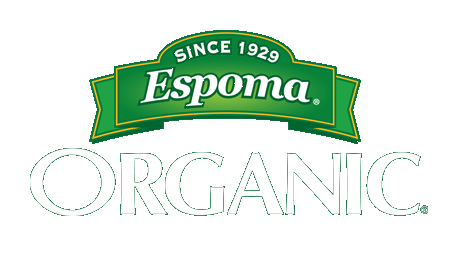Smarty Plants: 5 Easy Planting Tips
Raise new plants that grow as big and mighty as Jack’s Beanstalk with these five tips for planting success. Your new plants will look so perfect your neighbors will think you plucked them right from a fairy tale!
Before you even think about picking up your garden trowel, check out these tips.
Say Yes to Success: 5 Tricks for Planting New Flowers, Veggies and More
1. Start with the Best. Make sure you have the right light, space and soil for each plant. Then select plants with shiny, blemish-free leaves that you can easily lift out of the container.
2. Royal Soil. Before planting, test the soil and add necessary amendments. If your soil is lacking, your plants will be too. For an extra oomph, add Espoma Organic Vegetable & Flower Garden Soil or compost to the planting hole. And if direct sowing seeds, mix in an organic seed starting potting soil, so seeds can take root easily.
3. Feed Now… and Later. When planting, mix in an organic starter plant food. Adrianna, an Espoma customer, loves Bio-tone Starter Plus. She can even tell “when the roots begin to take up the plant food because they start to grow MUCH faster.” Bio-tone Starter Plus’ secret is mycorrhizae, which promotes bigger blooms and helps plants get established faster.
4. Stay Strong Seedlings. Before moving indoor seedlings outside, toughen them up. Otherwise, they may not make it. To help seeds adjust, begin hardening them off two weeks before transplanting. How-to instructions here.
5. Don’t Forget to Water. While still in their nursery containers, water your plants. Then water deeply after planting. Water reduces plants’ stress levels and helps them adjust to their happy, new abode.
Get ready, your organic flowers, veggies and plants are about to be bigger and healthier than ever! You grow, gardener!
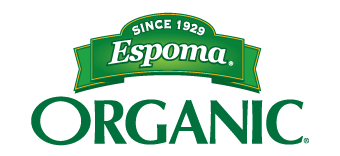
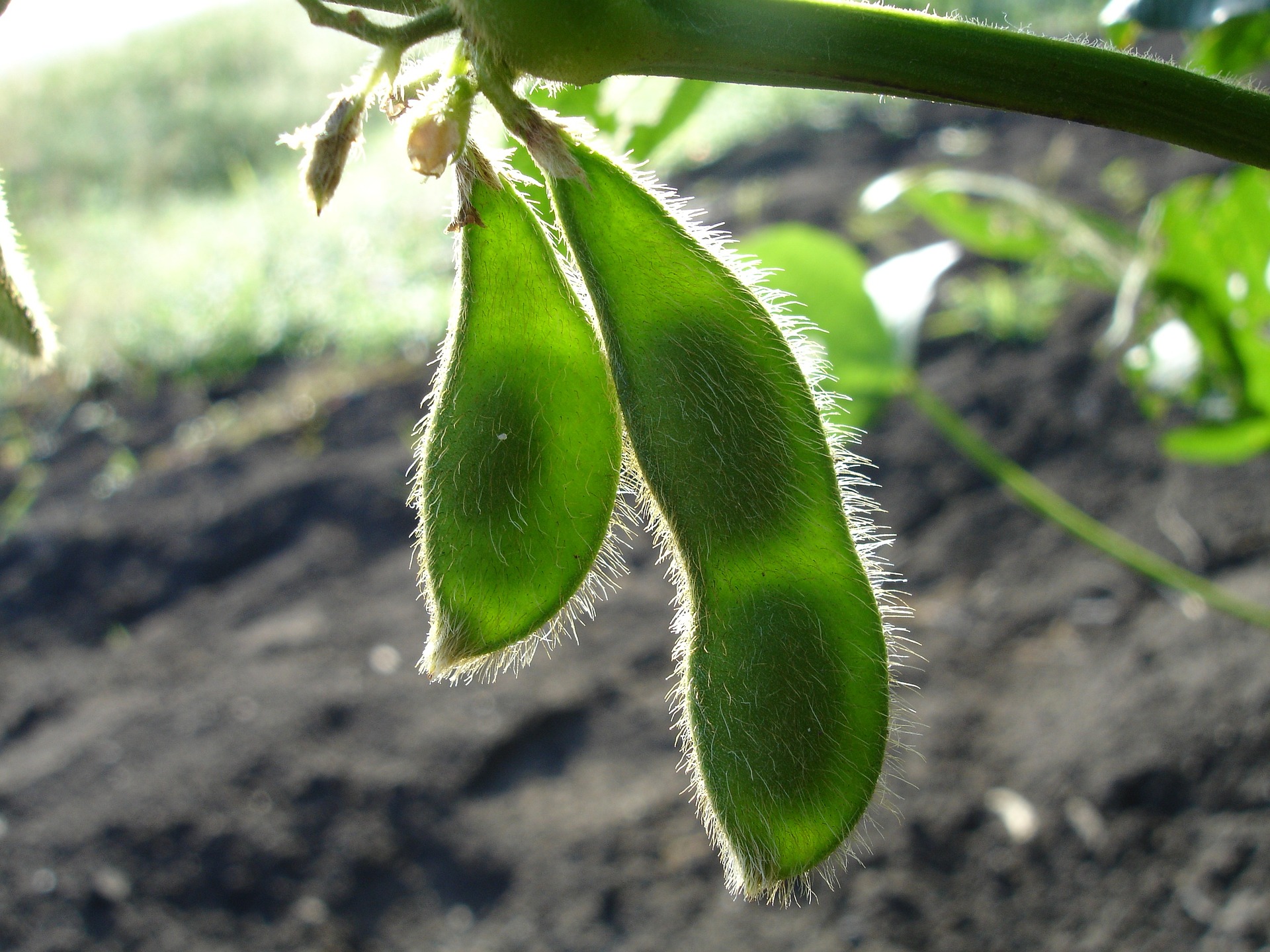
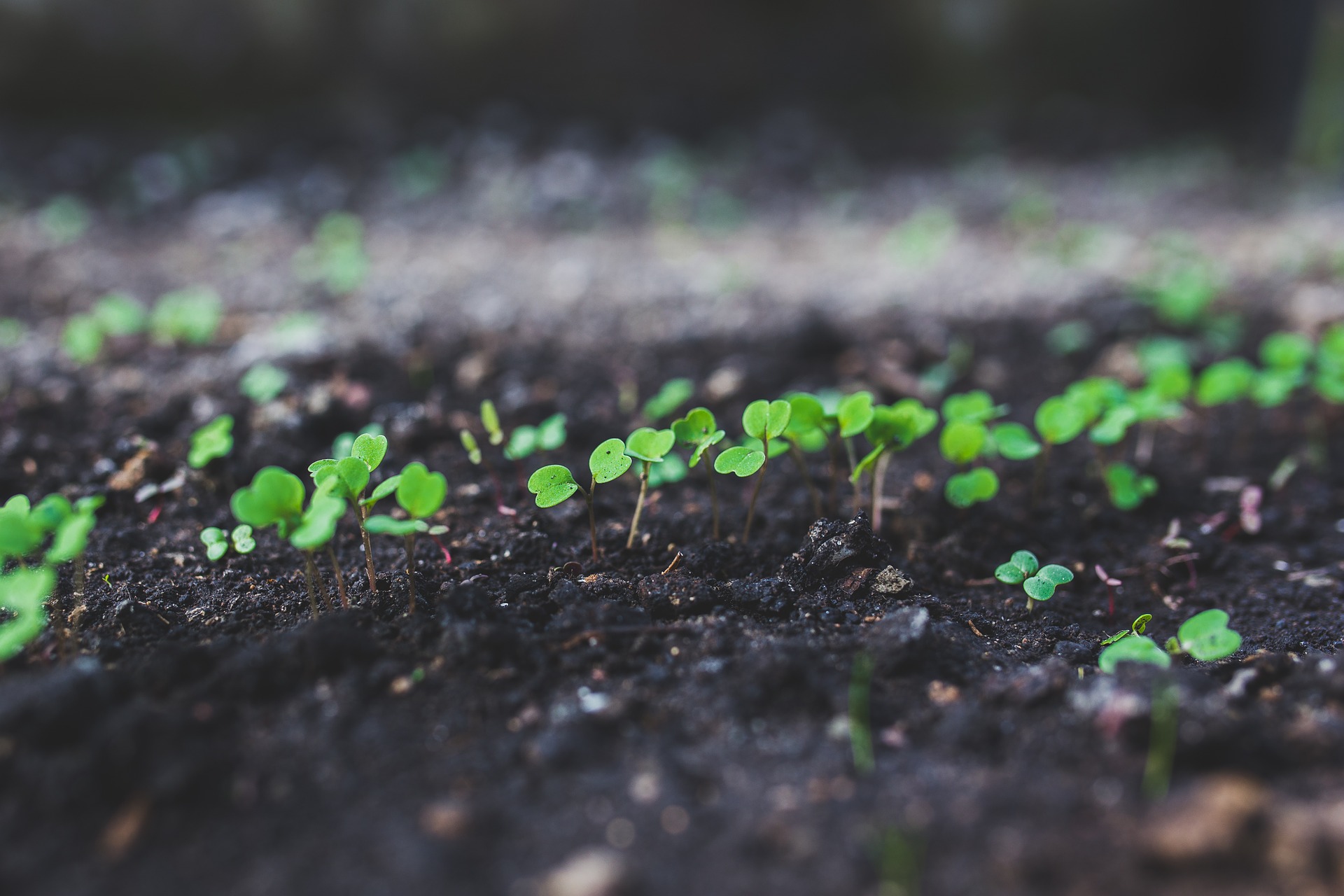
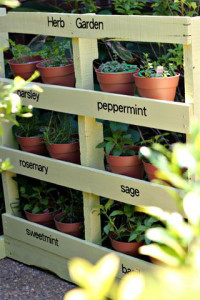
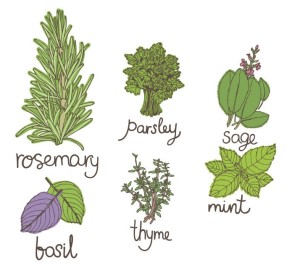 Most herbs will work in a container but the best herbs to plant in containers are: Basil, Mint, Rosemary, Thyme, Oregano, Cilantro, Parsley, Sage, Chives, Lavender, Tarragon, Lemon Verbena
Most herbs will work in a container but the best herbs to plant in containers are: Basil, Mint, Rosemary, Thyme, Oregano, Cilantro, Parsley, Sage, Chives, Lavender, Tarragon, Lemon Verbena